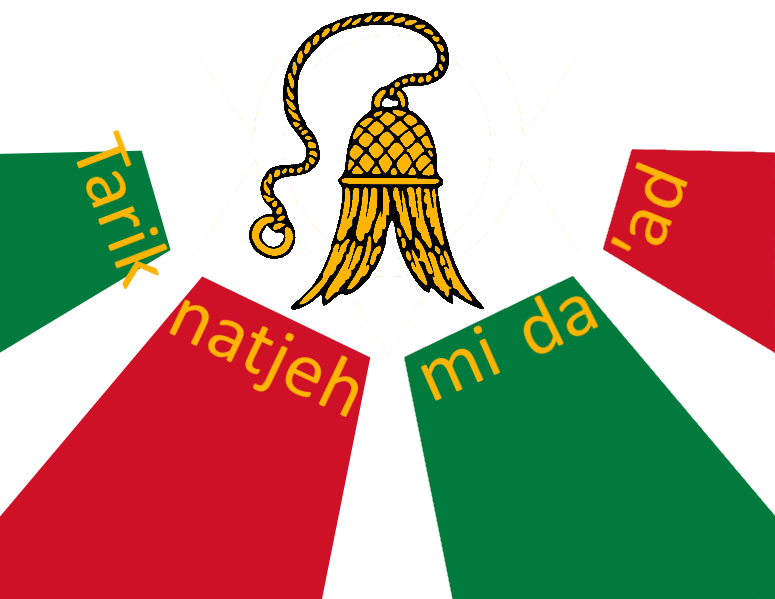Visavan Ranger Corps
Composition
Manpower
A ranger squadron usually consists of between four and twelve rangers operating under a pathfinder. Larger squadrons usually also include a healer-trained alchemist as well, although they are a ranger first and an alchemist second.
Unlike some military formations, the ranger squadrons are often made up of second-class citizens such as free alshan and kuri-lan.
Equipment
Due to the nature of their work, ranger squadrons travel with their equipment. It has to be light-weight and minimally bulky as a result of this. Their uniforms include a dark grey gambeson, dark red boiled leather breastplates and tassets, and waterproof cloaks decorated with dazzle-pattern camouflage that varies depending on the terrain and climate the rangers are deployed in.
A ranger's backpack mostly contains survival gear and equipment for taking care of their equipment in the field. A bedroll, pup tent, firestarting kit, two or three days' emergency rations, two water flasks, a mess tin and cutlery, venom kit, rope (the type and length depending on the prestige and region the squadrons operates in), and various other articles the individual ranger may have added to their kit over time.
They also carry two healing potions and one antidote as a matter of course.
Weaponry
The standard issue weapons of a visavan ranger squadron are a steel-bladed hand axe, a long knife or short sword, and a long-limbed composite recurve bow. They use iron-tipped arrows fletched with bird feathers, mostly from waterfowl, although in some regions the rangers carry a few arrowheads made from other metals in case they encounter a changebeast, fey or outsider that is resistant to iron weapons.
Vehicles
Although it varies by region, many rangers utilise a mount of some kind in their duties. Most commonly this is a horse or moa. Rangers who befriend or raise a mount capable of flight are reassigned to the Aerial Patrol, where their experience on the ground is considered advantageous.
Structure
Ranger squadrons are led by Pathfinders, often supported by more experienced rangers who are colloquially known as guides.
When multiple ranger squadrons link up to work together, such as during a military campaign, the one with the most relevant experience is chosen as leader, who will then appoint a second in command to take over in case they are incapacitated. Pathfinders answer directly to senior command. During peacetime, this communication usually involves letters delivered by the birds of the Visavan Post Office. Post office managers are sometimes jokingly named 'pathfinder-captains', although only a ranger would dare.
Tactics
Ranger tactics are simple in concept and difficult in execution. In battle, they operate as scouts and skirmishers with their main job being to gather information on the area and the enemy, then report it safely back to command. If they do engage directly, they do so from ambush before fleeing, as they lack the armour or numbers required to handle a stand-up fight.
When forced to operate without infantry support, rangers prefer sabotage and trap-setting to direct confrontation.
Training
Rangers are rarely recruited from the rest of the military, although occasionally a cadet who shows promise for their style of engagement will be recommended to the rangers instead of passing through normal training. Instead, they tend to adopt apprentices from the villages they pass through.
Most ranger training is 'on the job' rather than formalised, as the best place to learn about the field is in the field. Ranger cadets are nicknamed 'shadows' because the first thing they learn is how not to get in the way as they shadow their mentors on their duties. Being a ranger takes a strong physique as well as a strong mind, but it is the kind of physique that can be most easily trained by doing the things it is needed for.
History
Historical loyalties




Comments